The taste of homegrown vegetables can’t be beaten. You can grow a huge range of vegetables in your Oregon garden and need a planting calendar to do that. Below we learn the Oregon vegetable planting calendar, growing vegetables in Oregon, month-by-month planting chart for Oregon, Oregon vegetable planting guide by zone, and seasonal gardening schedule for growing Oregon vegetables.
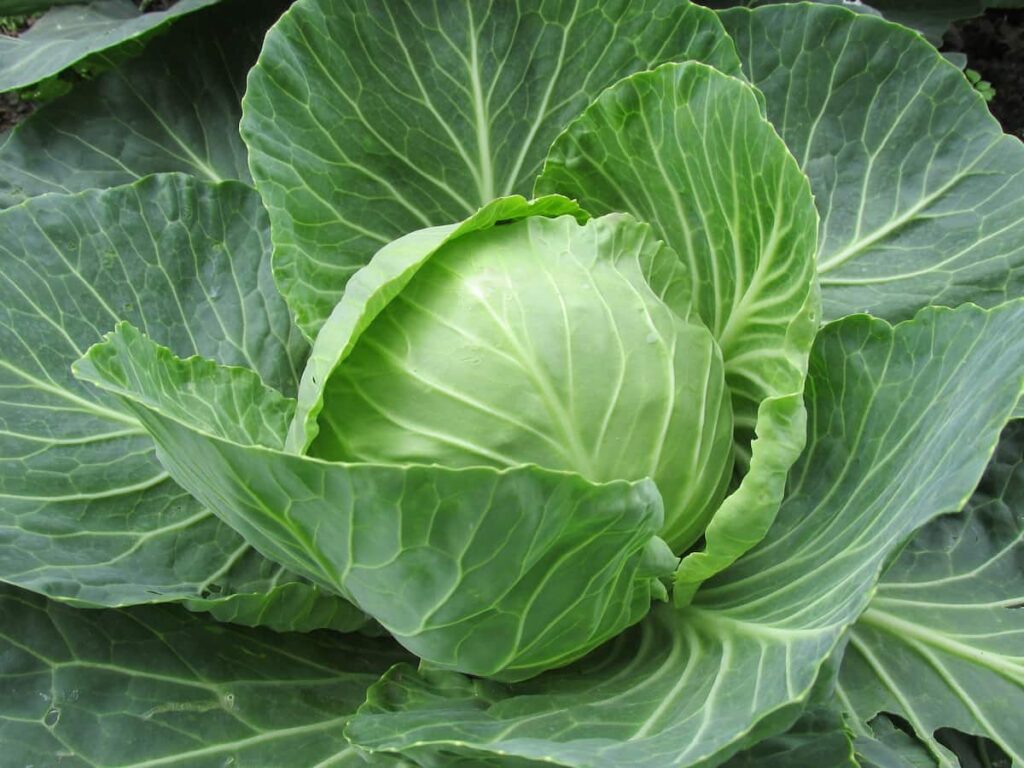
Oregon vegetable planting calendar
When should I plant my vegetable garden in Oregon?
Cool-season crops do well at temperatures around 50 degrees. And the soil should be at least 60 degrees for plants like tomatoes, peppers, and basil that grow in warm weather. The best range for tomatoes is between 65 and 70 degrees. The soil won’t reach 60 degrees or higher until late May or even June.
What vegetables can I plant in March in Oregon?
Prepare your garden to harvest fresh or preserved veggies throughout the spring, summer, and fall. Planting in containers outside is an excellent alternative to digging a garden in the ground. If you want to know when to plant your crops, use a soil thermometer. When the soil temperature remains at or above 40 degrees Fahrenheit, cool-season crops such as onions, kale, lettuce, and spinach can be planted.
In case you missed it: Lavender Farming in Jammu and Kashmir: Excellent Profits With Purple Revolution Under Aroma Mission
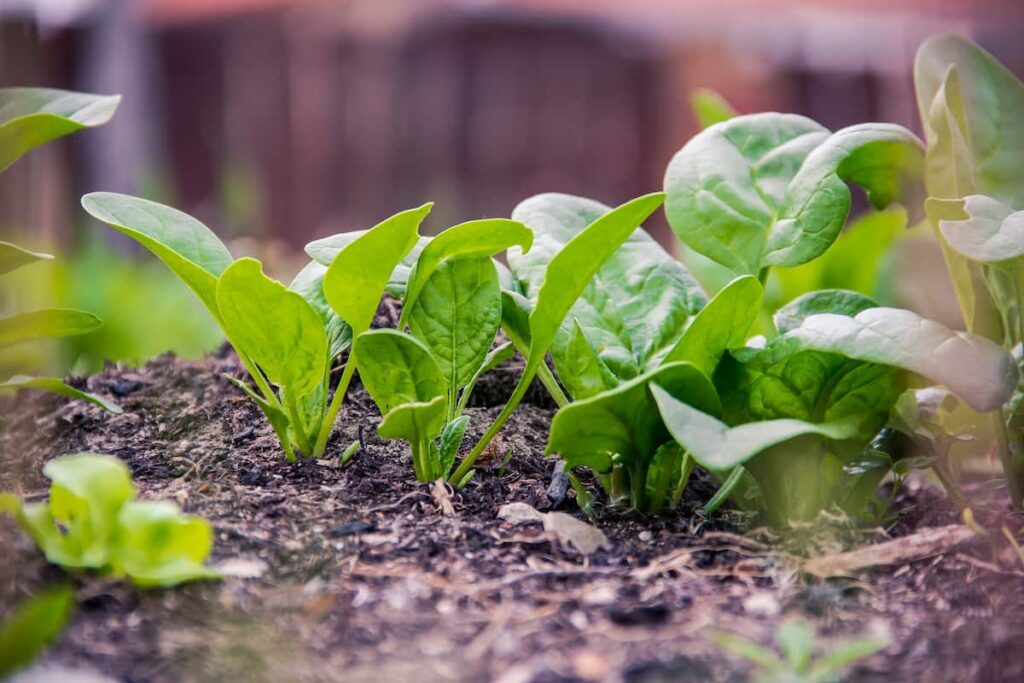
Cabbage, cauliflower, broccoli, and Brussels sprouts are all vegetables that could be started from seed indoors or in a greenhouse in Central Oregon. Plant early cool-season crops, including carrots, beets, parsley, chives, broccoli, leeks, rhubarb, peas, and radishes, in Western Oregon if the soil is dry enough. Once the soil has dried enough to work with, you can plant onions outside.
When should I start seeds in Oregon?
Western Oregon should sow lettuce, cabbage, kale, and chard between February and March. Tomatoes and peppers, which grow best in warm weather, should be planted in late March or early April. People who live in eastern Oregon should wait even longer to start seeds because their last frost isn’t until May or even June. One would begin seeding cool-season crops in March to have them ready for transplanting in the middle of April. To start seeds successfully, you must first choose a suitable container and clean it.
When can you plant lettuce in Oregon?
Seed early crops indoor 3 to 4 weeks prior the last frost in March. When seedlings reach 1/2 inch in height, or after 3-4 days of hardening off, they are ready to be planted outside. Midway through April and up to the beginning of October is prime planting time for seeds and transplants. Fresh lettuce can be harvested continuously if you plant a new crop every 3.5 weeks.
In case you missed it: How to Grow Desert Roses: Varieties, Soil, Planting, Pruning, Fertilizers, and Care
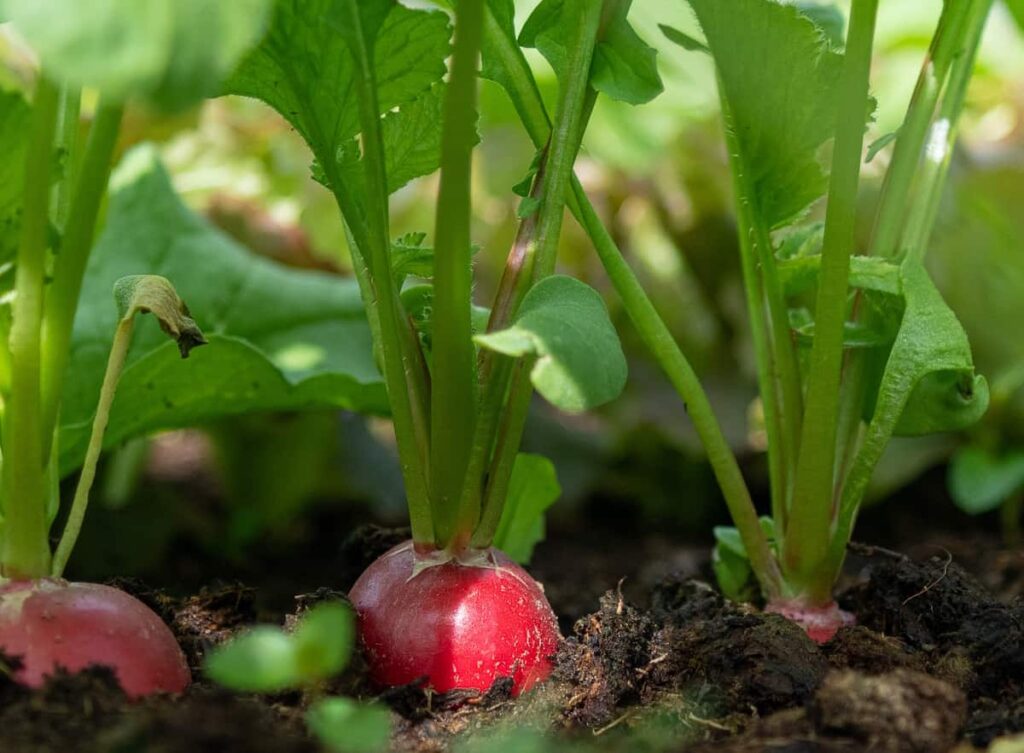
In June and July, you should prioritize heat-tolerant variety, and in August and September, you should prioritize cold-tolerant ones. Cold frames are necessary for winter lettuce cultivation. Growing lettuce indoors is possible at any time of the year.
When should I plant tomatoes in Portland?
Sun and steady warmth are essential for tomato growth. Place your seeds in a spot that will get full sunlight for at least eight hours a day. Keep in mind that temperatures below 50 degrees Fahrenheit can slow plant growth. Typically, you should plant in late May. To prevent frost damage at night, use a frost blanket, “wall-o-water,” or cloches. The use of plastic mulch has the additional benefit of helping to keep the soil warm.
What can I plant in Portland in March?
Planting most greens and winter crops like broccoli, cauliflower, etc., is fine, but you should have a frost cover handy on particularly chilly nights. Onions, radishes, garlic, potatoes, and shallots are few of the root vegetables that can be planted at the moment. Be sure the soil has a good amount of organic matter and very few rocks before planting root vegetables.
Peas can be planted in March if they haven’t already been planted. Because they prefer low temperatures, peas may not produce as well if you wait too late to plant them. Planting “fruiting” veggies like tomatoes, peppers, and squash is premature. So long as the weather remains cold, indoor basil plants are the best option for you. Basil and other plants can be started too early in heated greenhouses or at home.
What can I plant in spring in Oregon?
Now is an excellent time to get started on your vegetable garden. Consider planting some vegetables: Beets, celery, chard, cabbage, sliced cucumbers, carrots, cauliflower, lettuce, onion sets, endive, leeks, peas, and potatoes can be found along the coast of Oregon. Broccoli, cabbage, radishes, carrots, Brussels sprouts, cauliflower, chard, leeks, lettuce, chives, endive, peas, rhubarb, rutabagas, spinach, and turnips are grown in the western valleys, Portland, Roseburg, and Medford.
Peas, radishes, lettuce, spinach, and turnips are available in late April in the central and eastern parts of Oregon, where the elevation is higher. Snap and lima beans, beets, carrots, cauliflower, chard, chives, sweet corn, slicing and pickling cucumbers, parsnips, peas, potatoes, broccoli, Brussels sprouts, cabbage, kohlrabi, radishes, rhubarb, leeks, lettuce, onion sets, rutabagas, summer and winter squash, and turnips are all grown in the Columbia and Snake River valleys in Ontario.
Eliminate the slugs, sowbugs, and millipedes’ hiding places. Using barriers or traps, slugs can be controlled with the least amount of toxicity. Using baits for slug control is another option, although care must be taken to avoid poisoning household pets. Before using any baits or other chemical control, read and follow all label instructions. Keep an eye out for aphids and spittlebugs on strawberries; if you find any, remove them with water or a contact spray of insecticidal soap. Just do what it says on the label.
Trim and eliminate weeds around the garden to eliminate plant disease sources. Floating row coverings protect crops from pests like cabbage maggot adult flies, beet leaf miners, and carrot rust flies.
When should I plant carrot seeds in Oregon?
Root vegetables like carrots need to be started from seed. You have from April 1st to July 15th to sow in the Oregon region. Put some general-purpose fertilizer at the base of each furrow. Sow seeds in rows 12 to 16 inches apart at a depth of 14 to 1/2 inches. A light covering of vermiculite, sand, or screened compost should be placed over the seeds. Use a floating row cover to protect your beds from pests like the carrot fly maggot.
Carrots need between six and twenty-one days to germinate, so ensure your beds are well-weeded and wet but not drenched. Thin seedlings when they are a week and a half old, to a spacing of about a third of an inch. Maintain a steady harvest by planting carrots every two to three weeks.
In case you missed it: North Dakota (ND) Vegetable Planting Calendar: Month-wise Season Chart, Schedule, and Guide for Zones
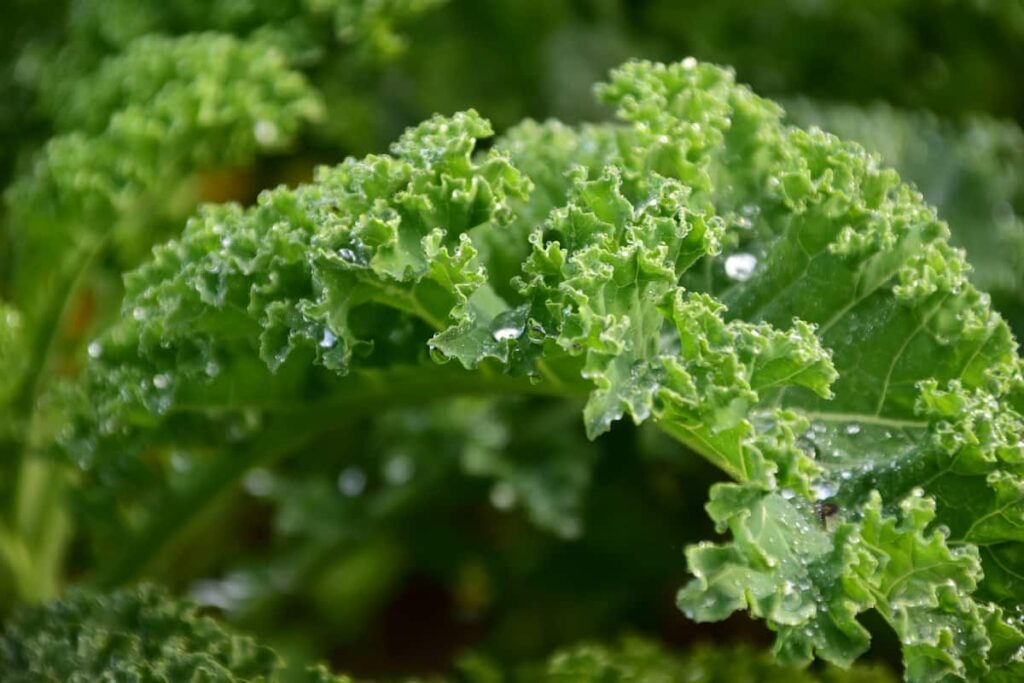
What can I plant now in Oregon?
Spring vegetable planting in Oregon
Surround perennial vegetables like asparagus and rhubarb with compost or decomposed manure. Grass plants used for the decoration should have their height down to within a few inches of the ground. To avoid damage from late-spring frosts, cover transplants. Lawns benefit most from fertilization when done now. Don’t overwater your grass to the point that it runs off onto the sidewalk or street, and avoid fertilizing right before it rains to lessen the chance of runoff into nearby waterways.
The time to plant a vegetable garden at your home is now. You could grow some of these veggies if you decided to: beets, celery, chard, cabbage, slicing cucumbers, carrots, cauliflower, lettuce, onion sets, endive, leeks, peas, and potatoes can be found in coastal Oregon. Grown in the western valleys, Portland, Roseburg, and Medford include broccoli, cabbage, radishes, carrots, Brussels sprouts, cauliflower, chard, leeks, lettuce, chives, endive, peas, rhubarb, rutabagas, spinach, and turnips. Vegetables such as peas, radishes, lettuce, spinach, and turnips can be found in Oregon’s central and eastern sections in late April due to the region’s higher elevation.
Fall vegetable planting in Oregon
Our first frost date is not until around Thanksgiving, so you can still plant warm-season crops like beans and squash until far into the fall, as long as you give yourself enough time to gather your harvest before the first frost. Crops that thrive in the chilly temperatures of winter can be harvested all through the season. Some examples are kale, turnips, arugula, greens, and broccoli. After a mild frost (30–32 degrees), many plants can be left unprotected and will thrive. Some vegetables, such as parsnips and Brussels sprouts, actually improve in flavor when exposed to cold.
It’s essential to monitor the forecast once you’ve planted vegetables in the ground. Protect your plants from sudden colds with these simple measures: Single little plants can be safeguarded by using milk bottles with the bottoms removed. Row covers can be made cheaply using wire fencing and heavy-gauge plastic for a wider area.
Another option is to use a floating row cover consisting of a thin, permeable sheeting draped over the plants and then weighted down with rocks or soil. Covered plants will dry out in the sun over the winter, so take them off as needed and let the rain water them instead.
In case you missed it: Agriculture Courses Offered in India – List of Agricultural Universities and Colleges
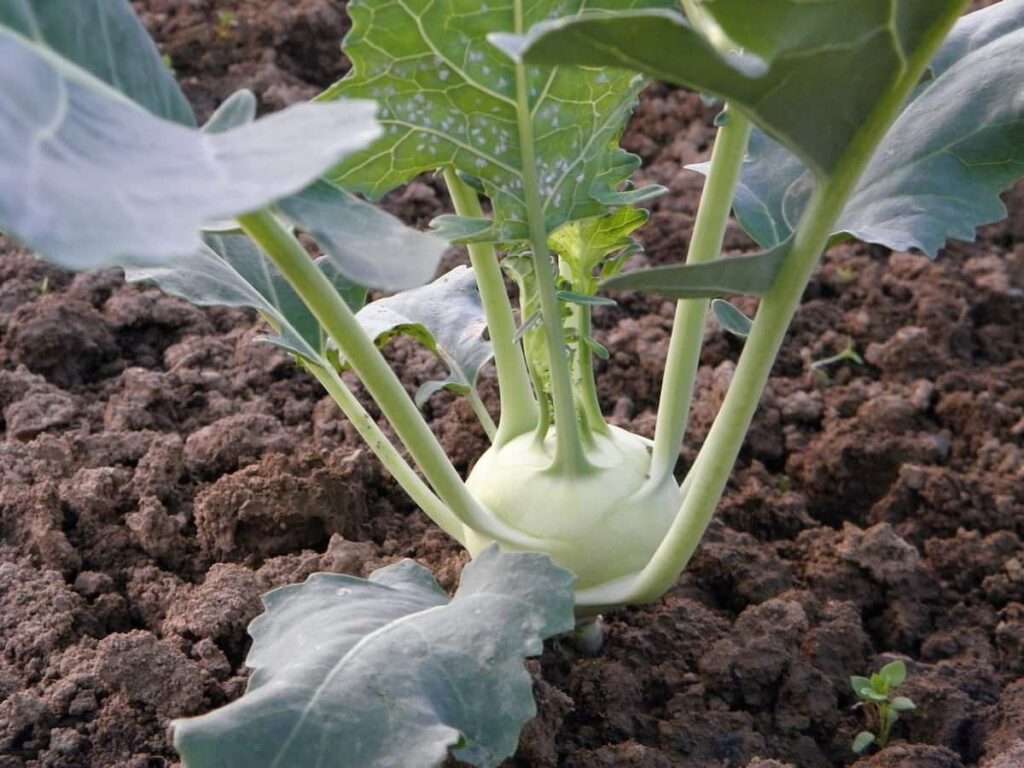
Summer vegetable planting in Oregon
Keeping your lawn green requires constant watering, especially in hot, dry weather. From June to August, water the garden a quarter of an inch 4 to 6 times per week. Turn the soil up in mounds around the stems of your potato plants. Watering vegetable gardens first thing in the morning helps keep water from evaporating. The disease can be reduced by watering the soil rather than the leaves. To promote healthy root development, water deeply but not often.
In extreme heat, your hanging vegetable baskets will suffer if you don’t regularly water and feed them. Beds of rhubarb and asparagus need to be weeded and fertilized. An excellent mulch for fertilization is compost or aged cow manure. Give your plants enough water to form crowns for the coming year.
Water can be retained in the soil with the help of mulch made from paper, plastic, sawdust, etc. Tomatoes should be staked as needed. Compost your yard waste and dead plants to use in your garden. You should not compost the clippings if you have used a herbicide on your lawn, including “weed-and-feed” treatments. Infected plants should not be composted unless the “hot compost” technique is used (120 degrees to 150 degrees F).
Mid-summer plantings of beets, bush beans, broccoli, lettuce, carrots, cauliflower, kale, and peas yield harvests through the fall and winter. Once the tips of spring bulbs have died, you can dig them up to replant or store them. Chinese cabbage, kohlrabi, and rutabaga are planted for the first time on the Oregon coast.
Winter vegetable planting in Oregon
Growing food in a garden during the fall and winter might be difficult because of the need to gather the harvest before the first frost. Few plants can endure the harsh winters of Oregon. Around November 15th, Oregon has its first frost of the season. The finest plants for autumn and winter growing are vegetables, including beans, onions, garlic, beets, broccoli, cabbage, brussels sprouts, carrots, kale, lettuce, peas, spinach, and snow peas.
Depending on the weather, certain crops must be started indoors before moving to the garden. Tomatoes, eggplants, cucumbers, summer squash, and peppers could all have produced mature fruits by this stage. Because of their sensitivity to frost, these plants require rapid harvesting of their fruits. Put the vegetables away for later. Burlap, blankets, baskets, or canvas bags should be used to shelter and insulate sensitive plants with young fruits if a warning for mild frost has been issued.
In case you missed it: Contract Sheep Farming in India: Companies, Agreement, Profits, How it Works and the Pros and Cons
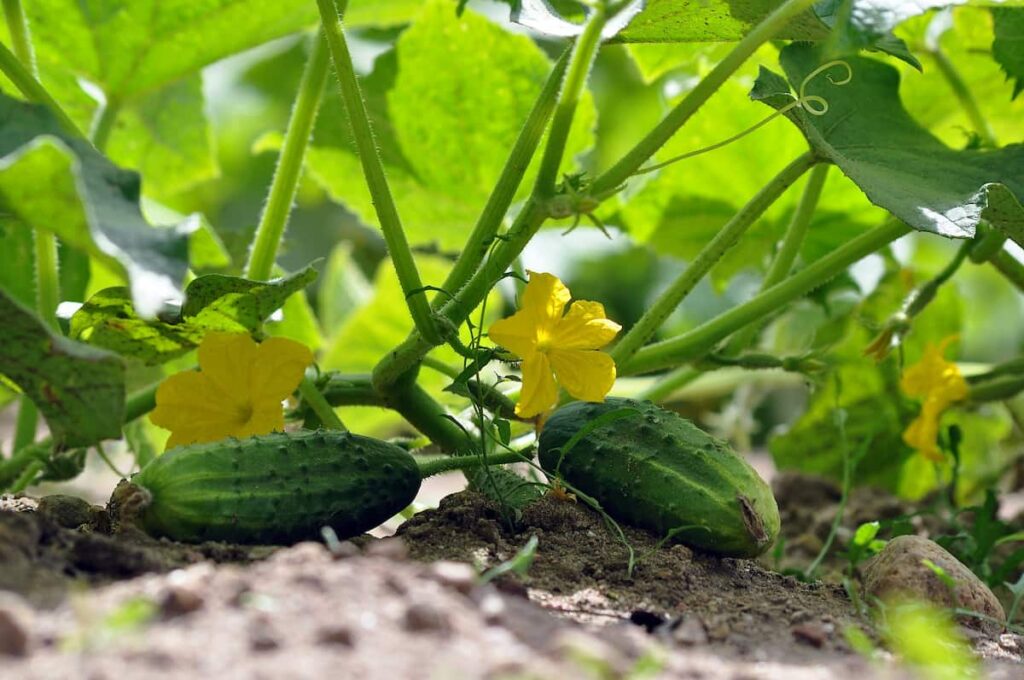
Heavy and extended rainstorms are common in Oregon, making plants with leaves prone to rot, pests, and diseases. When the soil becomes saturated, slugs can flourish and transfer disease to the leaves. Use a cloche, row cover, cold frame, and plastic mulch to keep the moisture out of your garden this winter.
Glass bell-shaped cloches are ideal for tender plants. These barriers shield the plant’s roots from damaging elements like dry air, precipitation, and cold. You can either place the cloches directly over the plants or build a tunnel over an entire row of plants.
Oregon vegetable planting calendar/guide/schedule/chart
This calendar includes the Oregon part of the pacific northwest gardening calendar.
| Vegetables | Zone 5 | Zone 6 | Zone 7 | Zone 8 | Zone 9 |
| Beans | Mid-May to Sep | May to Mid-Oct | Apr to Mid-Oct | Mid-Mar to Mid-Oct | Mid-Feb to May, Sep to Nov |
| Beets | Apr to June, Mid-July to Mid-Oct | Mid-Mar to June, Mid-July to Mid-Oct | Mar to May, Aug to Oct | Mid-Feb to Mid-May, Mid-Aug to Mid-Nov | Feb to Apr, Mid-Sep to Nov |
| Broccoli | Mid-Mar to June, July to Oct | Mar to Mid-June, Mid-July to Oct | Mid-Feb to May, Aug to Mid-Nov | Feb to Mid-May, Aug to Nov | Mid-Jan to Apr, Mid-Aug to Mid-Dec |
| Brussel Sprouts | Apr to Oct | May to Oct | Mid-Apr to Mid-Sep | Apr to Aug | Mar to Jun |
| Cabbage | Mid-Apr to Oct | May to Oct | Mar to Mid-June, Mid-July to Oct | Mid-Feb to May, Aug to Mid-Nov | Feb to Mid-May, Sep to Mid-Dec |
| Carrots | Apr to Jun, Aug to Mid-Oct | Apr to June, Aug to Oct | Mar to Mid-June, Aug to Oct | Mid-Feb to May, Mid-Aug to Mid-Nov | Mid-Feb to May, Mid-Sep to Mid-Dec |
| Cauliflowers | Mid-Apr to Mid-Oct | Mar to Mid-June | Mid-Feb to May, Aug to Mid-Nov | Feb to Mid-May, Mid-Aug to Nov | Feb to Mid-May, Sep to Mid-Dec |
| Corn | Mid-May to Mid-Sep | May to Sep | May to Aug | Mid-Apr to Aug | Mid-Feb to May, Mid-Aug to Nov |
| Cucumber | Mid-May to Mid-Sep | May to Sep | May to Aug | Mid-Apr to Aug | Mid-Feb to May, Mid-Aug to Nov |
| Kale | Apr to June, Mid-July to Oct | Mid-Mar to Mid-June, Aug to Mid-Nov | Mar to May, Aug to Mid-Nov | Mid-Feb to Mid-May, Mid-Aug to Mid-Nov | Oct to Dec |
| Lettuce | Mid-Apr to June, Mid-July to Mid-Oct | Mid-Mar to Mid-June, Aug to Oct | Mar to May, Aug to Oct | Mid-Feb to May, Mid-Aug to Mid-Nov | Mid-Jan to Apr, Mid-Sep to Mid-Dec |
| Onions | Apr to Sep | Mid- Mar to Aug | Mar to Aug | Mid-Feb to Aug | Mid-Jan to May |
| Peas | Apr to June, Mid-July to Mid-Oct | Mid-Mar to May, Aug to Oct | Mid-Feb to Mid-May, Mid-Aug to Mid-Nov | Mid-Feb to Mid-May, Sep to Mid-Nov | Jan to Mar, Oct to Mid-Dec |
| Peppers | Apr to Sep | Mid-Mar to Sep | Mar to Sep | Mid-Feb to Mid-Sep | Jan to May, Mid-July to Nov |
| Spinach | Apr to June, Mid-July to Oct | Mar to June, Mid-July to Oct | Mar to June, Aug to Mid-Nov | Mid-Feb to May, Sep to Nov | Mid-Jan to Apr, Mid-Sep to Mid-Dec |
| Squash | Mid-May to Sep | May to Sep | May to Mid-Oct | Mid-Apr to Mid-Oct | Mar to Jun |
| Tomato | Apr to Sep | Mid-Mar to Sep | Mar to Sep | Mid-Feb to Mid-Sep | Jan to May, Mid-July to Nov |
| Asparagus | Apr | Apr | Apr | Mid-Jan to Mid-Mar, Nov and Dec | Mid-Jan to Mid-Mar, Nov and Dec |
| Artichokes | – | – | – | – | – |
| Celery | – | – | – | Jan to Mar | |
| Chard | – | – | – | – | – |
| Chives | – | – | – | – | – |
| Eggplants | May | May | Apr to Mid- May, Mid-July | Apr to Mid-May, Mid-July | Feb to July |
| Kohlrabi | Early Apr and late Sep | Early Apr and late Sep | – | – | Sep to Mar |
| Okra | Mid-May to late May | Mid-May to late May | Apr to June, Mid-June to July | Apr to June, Mid-June to July | Mar to July |
| Potatoes | Early April to Mid-April | Early April to Mid-April | Mid-Jan to Mar | Mid-Jan to Mar | Jan to Mar |
| Radish | Late Mar to early May | Late Mar to Early May, Aug | Mid-Jan to Apr, Sep to Mid-Oct | Mid-Jan to Apr, Sep to Mid-Oct | – |
| Winter squash | May | Mid-May | Apr to Aug | Apr to Aug | Mar and Aug |
Conclusion
Your garden will only grow well if you plant your seeds and transplants correctly. We’ve given you a terrific start—now use what you’ve learned. If you live in the following counties, cities, and towns and plan to grow vegetables, this Oregon Vegetable Planting Calendar may help you with the basics of vegetable gardening.
| Portland | St. Helens |
| Eugene | Keizer |
| Salem | Baker City |
| Bend | Woodburn |
| Oregon City | Prineville |
| Medford | Newberg |
| Beaverton | Wilsonville |
| Corvallis | Gold Beach |
| Astoria | Milwaukie |
| Hillsboro | Sherwood |
| Grants Pass | Cottage Grove |
| Roseburg | Madras |
| Coos Bay | Clackamas |
| Lincoln City | La Pine |
| Klamath Falls | Silverton |
| Pendleton | Tualatin |
| Gresham | Canby |
| Hermiston | Central Point |
| McMinnville | Troutdale |
| La Grande | Forest Grove |
| Tillamook | West Linn |
| Tigard | Central Oregon |
| Bandon | Eastern Oregon |
| Lake Oswego | Western Oregon |
| The Dalles | Southern Oregon |
| Hood River | Northern Oregon |
- Budget Friendly Sheep Shed Ideas: Cheap and Low-Cost Tips
- How Much Do Cattle Farmers Make: Revenue Streams in Cattle Farming
- Management Pests and Diseases in Your Cotton Field
- Sheep Farming Business Plan for Beginners
- Aquaponic Farming at Home: A Step-By-Step Guide
- Profitable Village Farming Business Ideas in 2024
- High-Yield Aquaculture: Fast-Growing Fish for Farming
- Effective Fish Pond Construction Techniques for Beginners
- Irrigation and Water Management in Pineapple Farming
- Blossom to Harvest: Mastering Flowering and Pollination in Papaya Farming
- Pig Fattening Essentials: From Selection to Sale for Beginners
- Raising Wagyu Cattle: A Complete Guide for Premium Beef Production
- Soil Types and Their Water Holding Capacity
- Optimizing Irrigation Schedules for Coconut Groves for Enhanced Yield
- Espresso Your Garden: Coffee Grounds for Healthier Acid-Loving Plants
- The Best Soil Mix for Snake Plants: How to Mix Your Own Snake Plant Soil
- Green Thumb Success: Expert Tips for Cultivating Greenhouse Beans All Year Round
- Bloom All Year Round: The Ultimate Guide to Indoor Hyacinth Care
- Eco-Friendly Gardening: How to Make Liquid Fertilizer from Kitchen Waste
- Ultimate Guide to Grow Anise in Pots: Explore Seed Propagation to Harvesting
- Guide to Raising Chester White Pigs: Discover Breed Facts to Growth Management
- Mastering the Elegance: The Ultimate Guide to Weeping Cherry Tree Care, Planting, and Maintenance
- Ultimate Guide to Planting Garlic in Grow Bags: Growing Strategies for Beginners
- How to Fix Spider Plant Leaf-Related Problems: Natural and Organic Remedies
- 10 Reasons Why Your Tulsi Plant is Shedding Leaves: Home Remedies and Solutions
- Optimizing Growth and Yield: The Advantages of Palm Bunch Ash Fertilizer
- Utilizing Neem Oil Extract as a Natural Pesticide for Hydrangea
- From Soil to Harvest: Various Ways in Which Farmers Can Use AI Tools
- Steps to Encourage and Induce Citrus Flowers: A Comprehensive Guide
- How to Fix Snake Plant Leaf-Related Issues: Natural and Organic Remedies
- Transform Your Garden into a Fragrant Oasis with Raat Ki Rani (Night Blooming Jasmine)
- Discover the Ideal Chicken Breeds for Philippine Farms
- How to Create a Poultry Egg Farm Business Plan for Profits
- Grow Lemon Cucumbers Like a Pro: Insider Techniques for Bountiful Yields
- Ultimate Guide to Caring for Your Pink Princess Philodendron: Tips for Thriving Variegation
- Areca Nut Profit Per Acre: Calculating Yield and Cost of Cultivation
